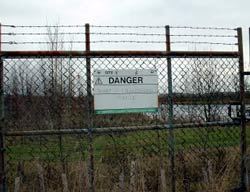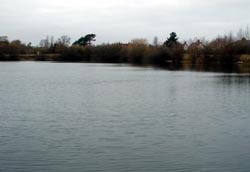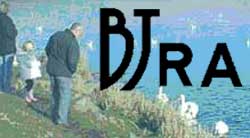Sand and Gravel Mining
Sand and gravel has been extracted from the
Yet more gravel extraction is sometimes promoted with the argument that afterwards, there will be enhanced opportunities for water activities, nature conservation areas and promises of public access. The reality is often very different. Very few of the water areas between Nottingham and
Today, after gravel extraction, the companies are supposed to restore the site as agreed as part of the planning permission granted. But can we rely on these companies to honour such agreements?
Some people like the lakes the way they are – nature taking over, doing its own thing. Others think it is a mess. There are, we understand, issues about the increased flood risk posed by the way the site has been left – which do need to be sorted out.
I must say that I like the lakes, except the biggest one at the bottom near the river. Wildlife people tell me that the steep sides prevent it from being useful for much wildlife, fisherman tell me that it has the biggest fish. Personally I find it very unattractive, it usually looks gloomy and I always call it the “big ugly pond at the bottom”. I hardly ever see any birds on it so I assume they feel the same about it as I do.
If more sand and gravel extraction is eventually permitted on the riverside, we shall not be left with delightful ponds like the existing smaller ones. Instead there will be two or three vast areas of water that will cover the whole area. Haven’t we got enough of those in the
Here’s some examples of past extraction area in the county to see what we could end up with.








<< Home